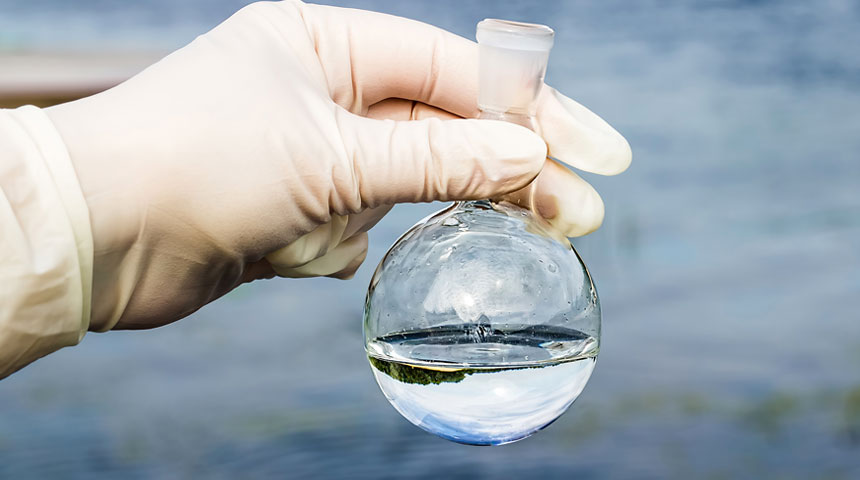In order to create an ecologically balanced pond that is unique to each site, why is it so important to evaluate the water quality? In the same way that no two human bodies are the same, no two bodies of water are the same. Many ponds placed immediately across the street from each other might have very diverse physical and chemical characteristics, even if they are only a few feet apart.
If you’re a Lake Manager, you may utilize water quality metrics to identify what each unique waterbody needs, such as the installation of aeration systems, the use of nutrient remediation solutions, and the prescription of aquatic weed and algae treatments. These examinations resemble those carried out in a doctor’s office. There must be data obtained at the site to inform the lake manager’s development of site-specific management plans, not just his or her intuition. For example, DO, pH, alkalinity, nutrient levels, conductivity and bacteria counts must all be taken into consideration?
The right water of the Eco System
As a part of this dynamic and ever-evolving ecosystem, lakes and ponds play an important role in our environment. Despite the fact that DO and pH fluctuate during the day, their levels may stay rather constant over time, while other characteristics, such as alkalinity and conductivity, may also remain stable. The nutritional load and secchi depths are two examples of variables that are often altered as a result of major physical events.
There are times when a dry spell allows the sediment to settle out, resulting in an improvement in the parameter values, and times when a rain storm brings in nutrient-rich silt, which causes both parameters to increase. Water quality evaluations are crucial in these dynamic situations in order to maintain an ecologically balanced approach to any site-specific pond management strategy. With the use of the water analysis you can expect the best there.
Water quality testing via sampling
Managers and owners may establish baseline readings for water quality by sampling and testing the water, which ultimately leads to a better understanding of the particular issues connected with a waterbody. Alkalinity, conductivity, as well as pH, are all factors that should be measured in lakes and ponds at least once a year. In the same way that an adult’s height and weight almost rarely alter over time, these statistics nearly never fluctuate.
The chemical composition of the water entering the lake or pond is usually taken into consideration while determining these parameters. An unhealthy lake or pond may be the result of large swings in the parameters’ values, so keep an eye out for them. If the health of the lake or pond deteriorates, the treatment may be more effective if each of these criteria changes.
Last Words
Given that different aquatic products supplied at different rates will not all perform in the same manner under different water conditions, the more information that can be used to choose a product, in order to increase its success, the better the chances are for the product.




